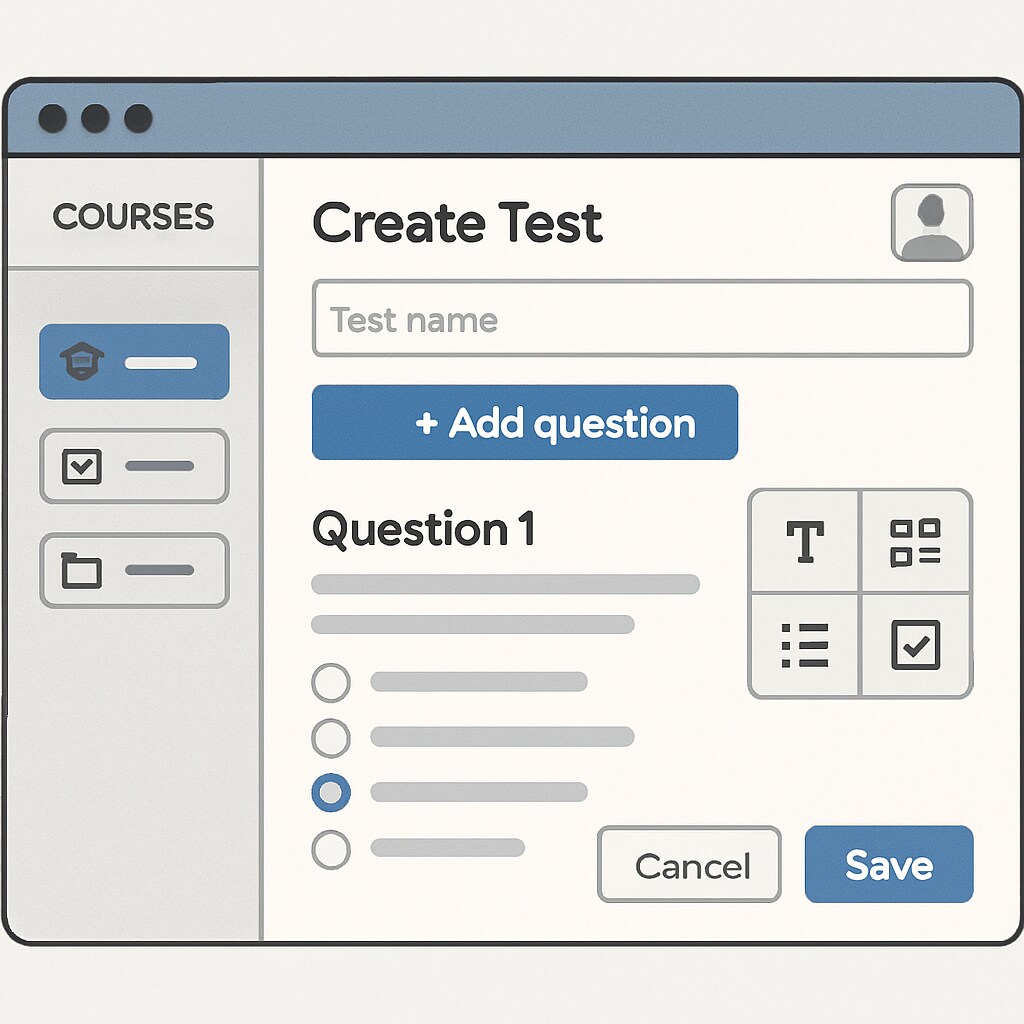In the dynamic realm of K12 education, the search for quality test resources has become essential for teachers aiming to assess student progress and adapt their teaching methodologies effectively. Test resources not only aid in evaluating learning outcomes but also provide meaningful insights into areas requiring additional focus. In this article, we explore the key characteristics of quality test resources, suggest reliable channels to find them, and discuss strategies for integrating these resources into teaching practices.
Characteristics of Quality Test Resources
Before diving into where to find test resources, it is imperative to understand what makes them “quality.” High-quality test resources share several common attributes, including:
- Alignment with curriculum standards: Effective resources directly correspond to the educational standards and learning objectives of the grade level.
- Clarity and accessibility: Questions should be clear, unambiguous, and tailored to the students’ cognitive abilities.
- Variety in question types: A mix of multiple-choice, short-answer, and open-ended questions ensures comprehensive assessment.
- Actionable feedback: Resources should provide tools or frameworks for analyzing student performance and suggesting next steps.
For example, an assessment resource that aligns with Common Core standards would support teachers in ensuring their students are meeting nationally recognized benchmarks. Similarly, well-designed test banks often come with rubrics to aid in grading and constructive feedback.

Where to Find Reliable Test Resources
Finding reliable test resources can be challenging, given the vast array of options available online and offline. However, teachers can rely on several proven channels:
- Educational publishers: Organizations like Scholastic, Pearson, and McGraw-Hill offer curated test banks tailored to K12 education.
- Open educational resources (OER): Platforms like OER Commons provide free and openly licensed test materials accessible globally.
- Professional networks: Communities such as the National Council of Teachers of Mathematics (NCTM) or the National Science Teachers Association (NSTA) provide subject-specific resources.
- Technology platforms: Websites and apps such as Kahoot, Quizlet, and Edmodo offer interactive test creation and sharing capabilities.
Additionally, educators can explore government education portals, which often provide free access to standardized tests and supplementary teaching materials.

Integrating Test Resources into Your Teaching Strategy
Once high-quality test resources are identified, the next step is integrating them seamlessly into the teaching process. Here are some strategies to consider:
- Pre-assessment diagnostics: Use test resources at the beginning of a unit to gauge prior knowledge and customize lesson plans accordingly.
- Formative assessments: Incorporate smaller, frequent tests to monitor progress and address knowledge gaps in real time.
- Summative evaluations: Utilize comprehensive tests at the end of a unit or term to evaluate overall understanding and mastery.
- Incorporate student feedback: Engage students in discussions about test results to foster a growth mindset and encourage self-improvement.
For instance, a science teacher could use a diagnostic quiz to identify misconceptions about the water cycle before delving into the topic. Formative quizzes during the unit can then address specific challenges, ensuring students stay on track.
When integrating these resources into your curriculum, balance is key. Over-reliance on testing can overwhelm students, while strategic use ensures assessments remain a tool for growth rather than stress.
The Role of Technology in Enhancing Test Resources
Technology has revolutionized the way test resources are designed, distributed, and analyzed. Digital tools now allow for the creation of adaptive tests that adjust question difficulty based on student responses. Platforms like Google Forms and Microsoft Forms enable teachers to automate grading and track student performance over time.
Moreover, data analytics provided by these platforms can identify trends, such as common mistakes or topics where students struggle the most. As a result, teachers can focus their efforts where they are needed most, ensuring efficient use of classroom time.
In conclusion: The journey to find and implement quality test resources may require effort, but the rewards are invaluable. By leveraging the right tools and strategies, teachers can enhance their ability to assess student learning effectively, adapt teaching methods, and ultimately foster a more impactful educational experience.


